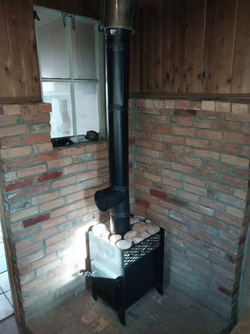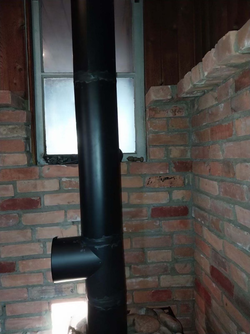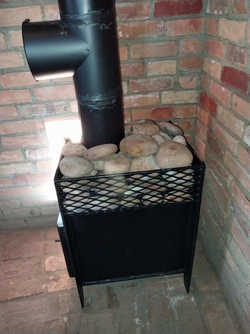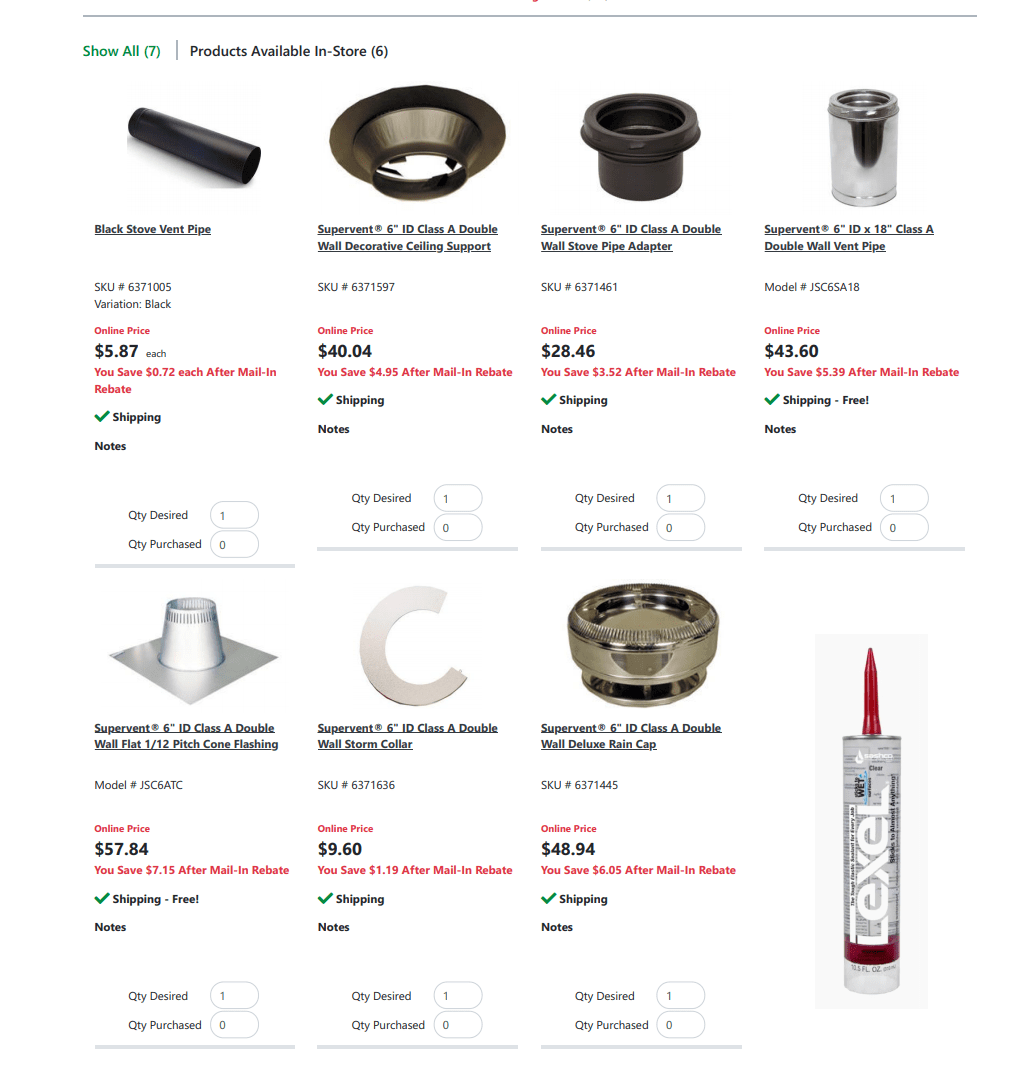Hi there! We recently bought a property that came with an old, Finnish-style wood-fired sauna. The stove was super rusted out so we just bought a new one to replace it. When our handyman installed it, he added what looked to us like a clean-out, but he says is actually a damper. Apparently, the guys at the hardware store told him that this kind of damper would be better than the in-line style for a sauna. Does anyone know anything about this type of jut-out on the sauna stove pipe? If it is a damper, then how would you use it? What would make it safer than an in-line damper?
Appreciate any insight you might be able to give - thanks.



Appreciate any insight you might be able to give - thanks.






